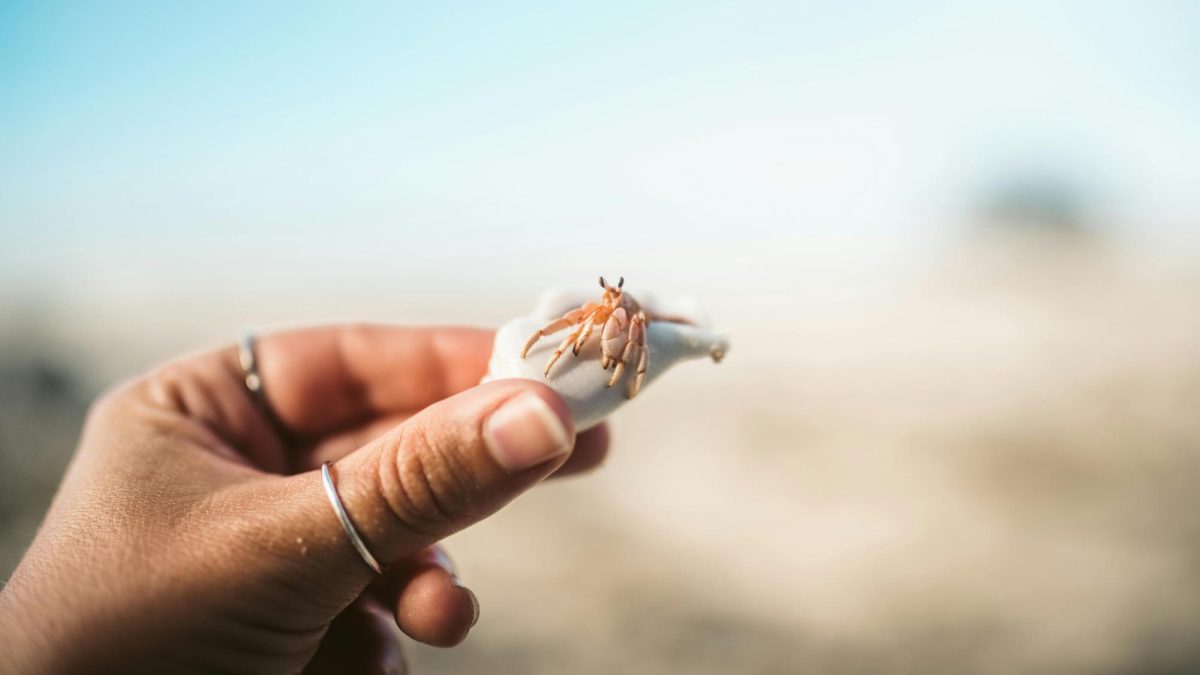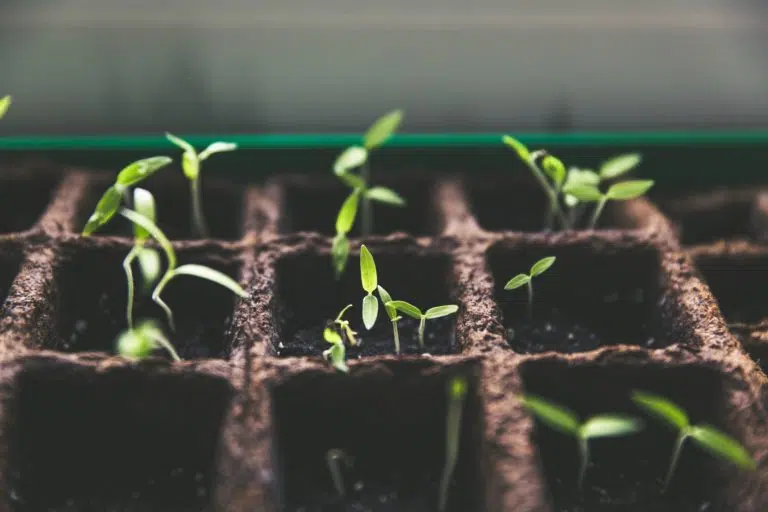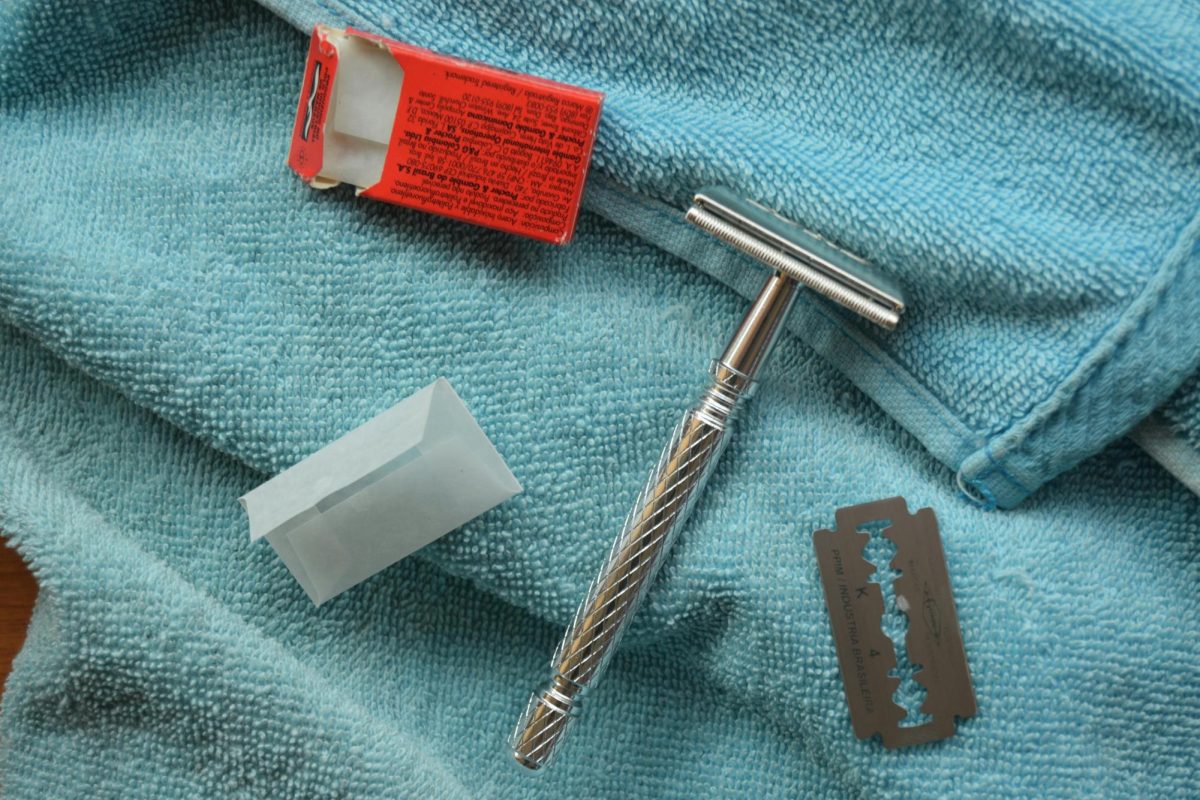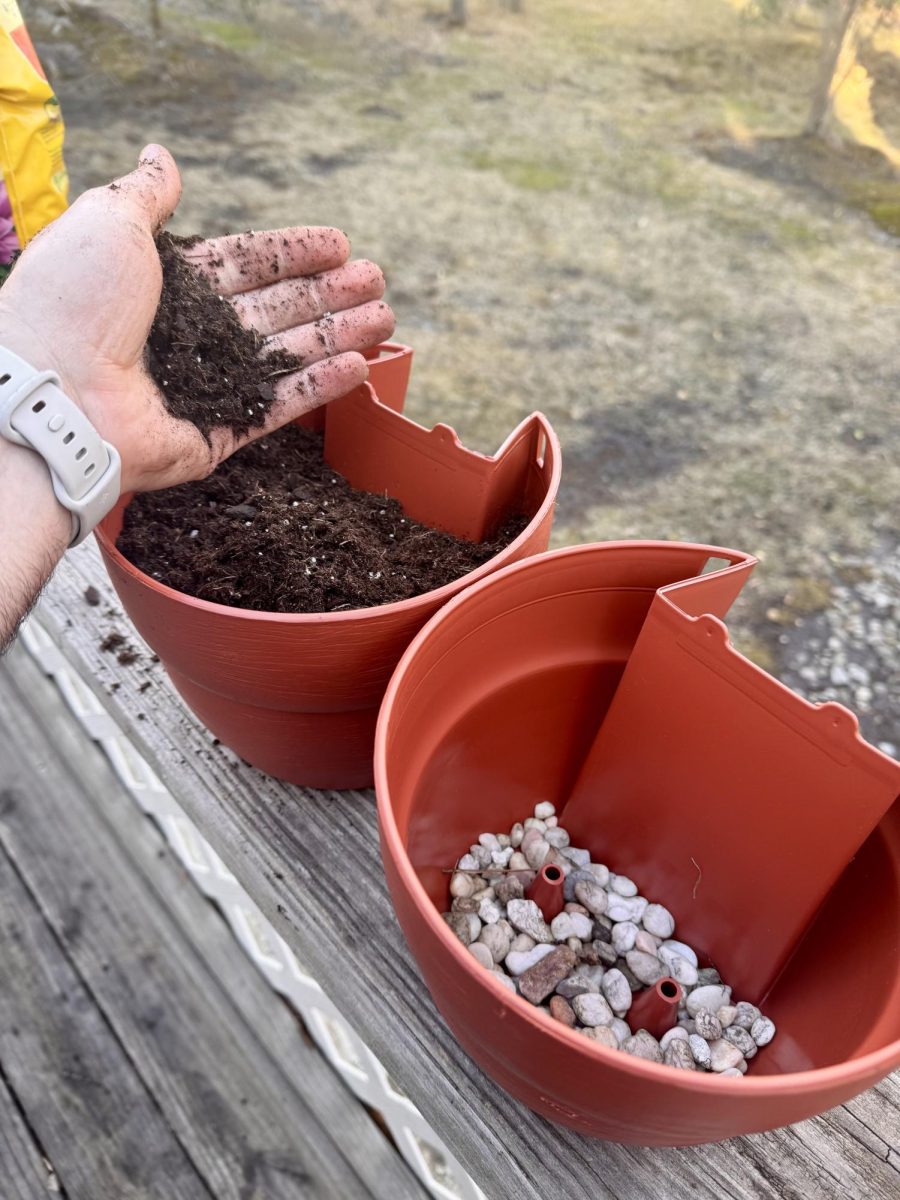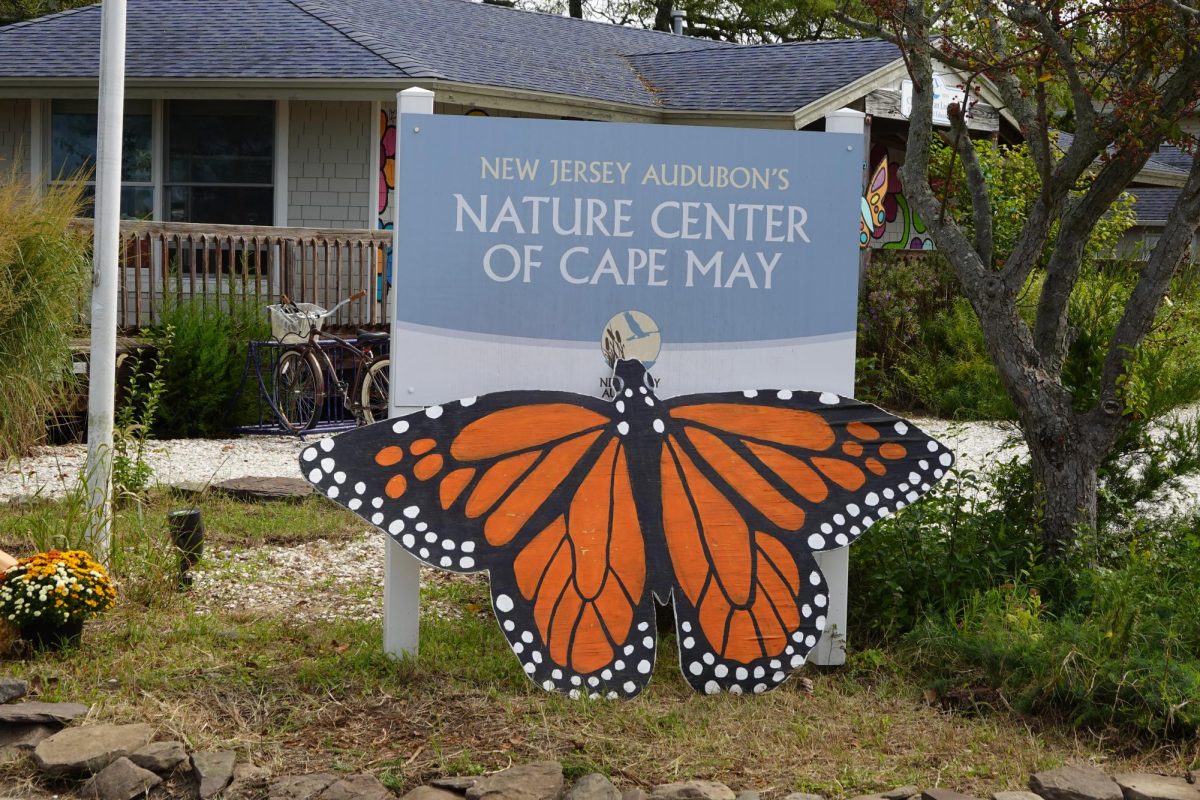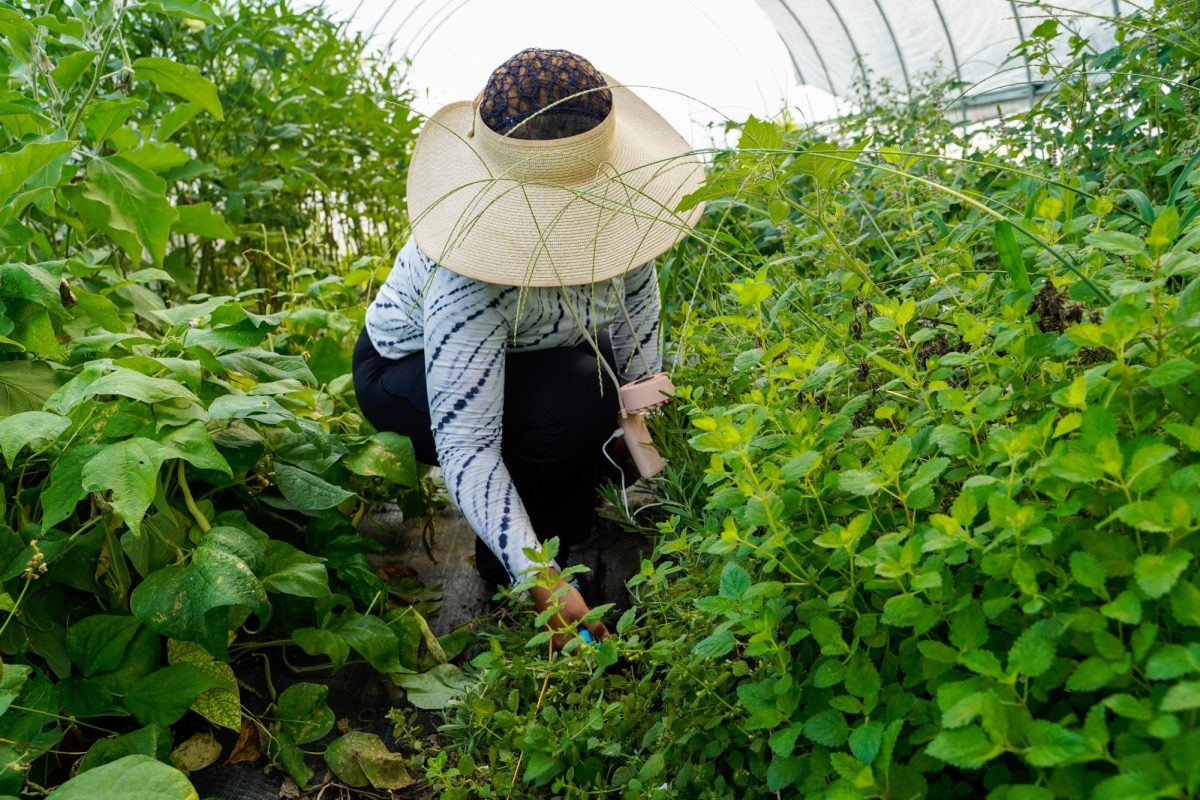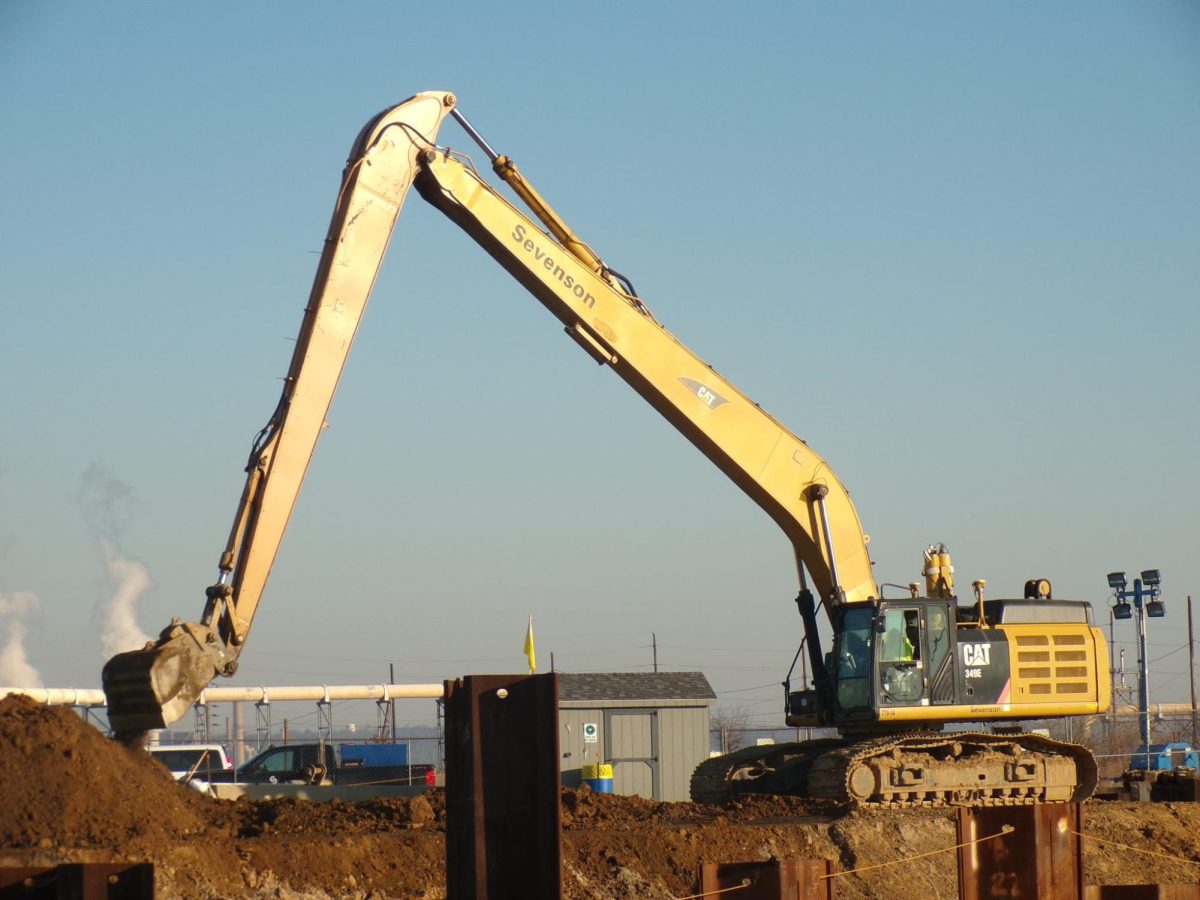Creating plant pots from recycled paper is a simple and effective way to reduce waste and promote sustainability. Instead of throwing away old newspapers, magazines, cardboard boxes, or junk mail, we can repurpose them into biodegradable plant pots.
These pots are a great eco-friendly alternative to plastic pots, which take hundreds of years to decompose and often end up in landfills, contributing to pollution.
To start, gather scrap paper, and cut or shred into small pieces. Then, soak the shredded paper in water for at least an hour until it becomes soft and mushy. After soaking, drain the water and dump the wet paper into a blender. Blend the paper until it turns into a smooth paste-like consistency.
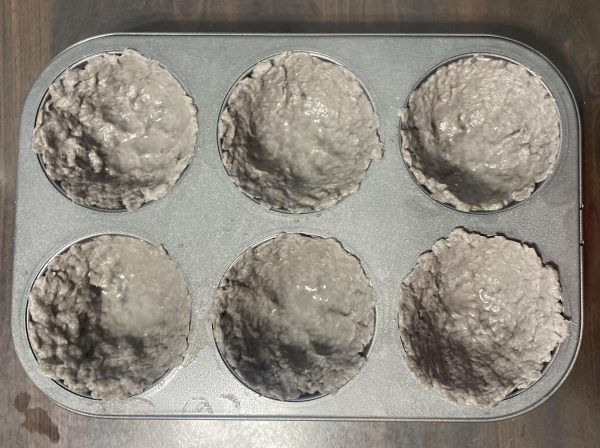
Next, you’ll shape the blend into pots using a cupcake pan. Spoon the mixture into each slot of the pan, pressing it down firmly on the bottom and sides with a spoon to create a bowl-like shape, leaving the center hollow. Make sure there are no air gaps. Once all the cups are filled, leave the pan to dry for 48 hours.
Once dry, you can remove the paper pots from the cupcake pan, which should pop out easily. The result is a set of small, biodegradable plant pots. Fill each one with soil, and plant your seeds or small plants inside the hollowed paper pot. The best part is that, once your plants are ready to be transferred to the ground, you can plant the entire pot directly into the soil. As the pot is made from paper, it will break down naturally, enriching the soil without creating waste.
These paper pots naturally break down in the soil, unlike plastic pots, and help reduce plastic waste. As the pots decompose, they release nutrients into the soil, giving the plants a healthier environment to grow. Additionally, growing plants at home helps absorb carbon dioxide and improve air quality, contributing to the fight against climate change and supporting a healthier planet.
Making upcycled paper plant pots is a creative and eco-friendly way to reduce waste and promote a greener lifestyle. This project provides a practical alternative to plastic pots, which take centuries to decompose. It’s an easy and enjoyable way to practice sustainability while creating something useful for your garden or home. It’s a small, simple step you can take at home to help combat climate change and make a positive impact on the environment.

